Urgent
European Commission President to visit Syria, Jordan, Lebanon
 ADX delivers major achievements in 2025, reinforces global standing
ADX delivers major achievements in 2025, reinforces global standing
 Operation Chivalrous Knight 3 sends first shipment from Mohammed bin Rashid Humanitarian Ship
Operation Chivalrous Knight 3 sends first shipment from Mohammed bin Rashid Humanitarian Ship
 Abdullah bin Zayed receives Omani Foreign Minister, discusses bilateral ties
Abdullah bin Zayed receives Omani Foreign Minister, discusses bilateral ties
 Dubai to host PropTech Connect Middle East in February 2026
Dubai to host PropTech Connect Middle East in February 2026
 Austria's economy shows signs of recovery as new year begins
Austria's economy shows signs of recovery as new year begins
 UAE Fuel Price Committee announces prices for January
UAE Fuel Price Committee announces prices for January
 Gold set for best year in nearly half a century
Gold set for best year in nearly half a century

 ADX delivers major achievements in 2025, reinforces global standing
ADX delivers major achievements in 2025, reinforces global standing
 Operation Chivalrous Knight 3 sends first shipment from Mohammed bin Rashid Humanitarian Ship
Operation Chivalrous Knight 3 sends first shipment from Mohammed bin Rashid Humanitarian Ship
 Abdullah bin Zayed receives Omani Foreign Minister, discusses bilateral ties
Abdullah bin Zayed receives Omani Foreign Minister, discusses bilateral ties
 Dubai to host PropTech Connect Middle East in February 2026
Dubai to host PropTech Connect Middle East in February 2026
 Austria's economy shows signs of recovery as new year begins
Austria's economy shows signs of recovery as new year begins
 UAE Fuel Price Committee announces prices for January
UAE Fuel Price Committee announces prices for January
 Gold set for best year in nearly half a century
Gold set for best year in nearly half a century



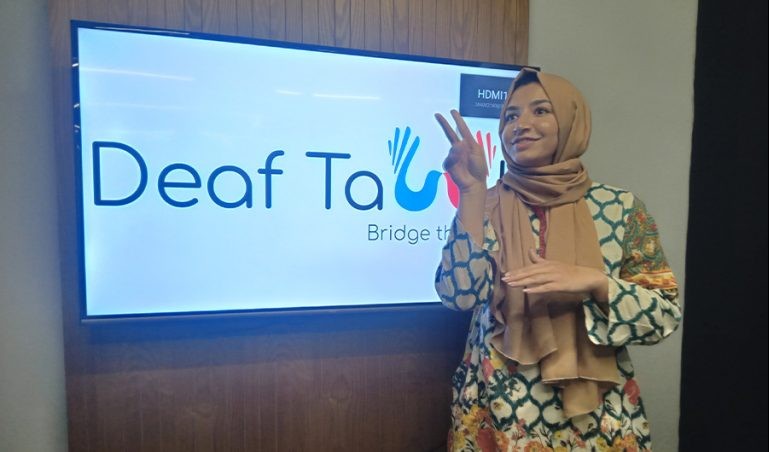
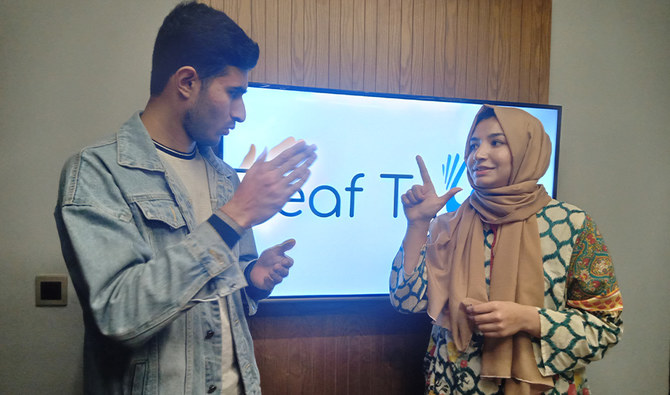
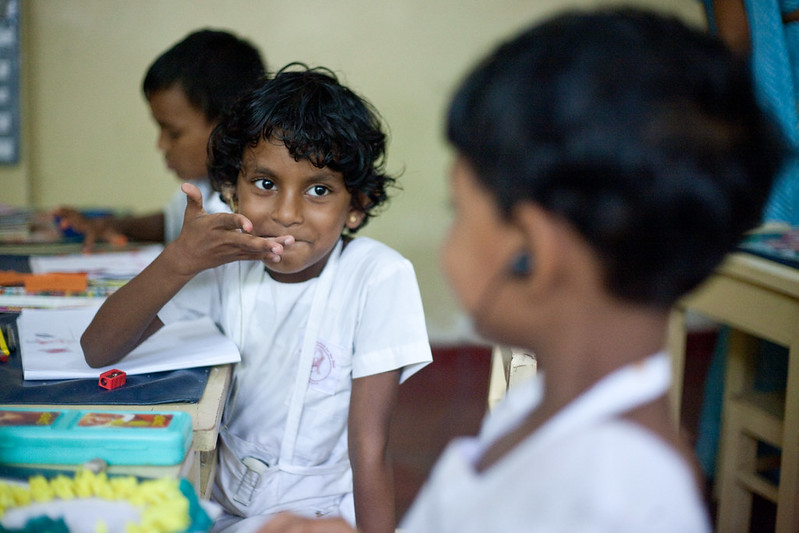

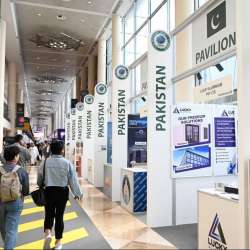

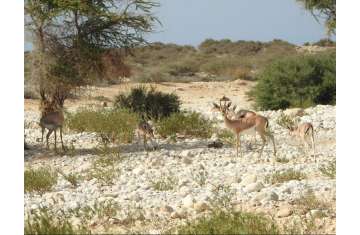
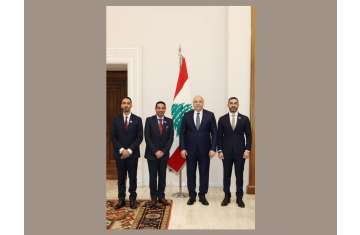

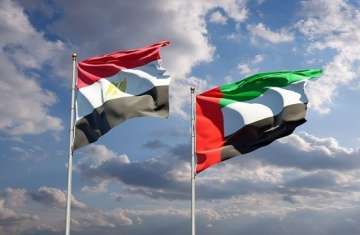
Comments